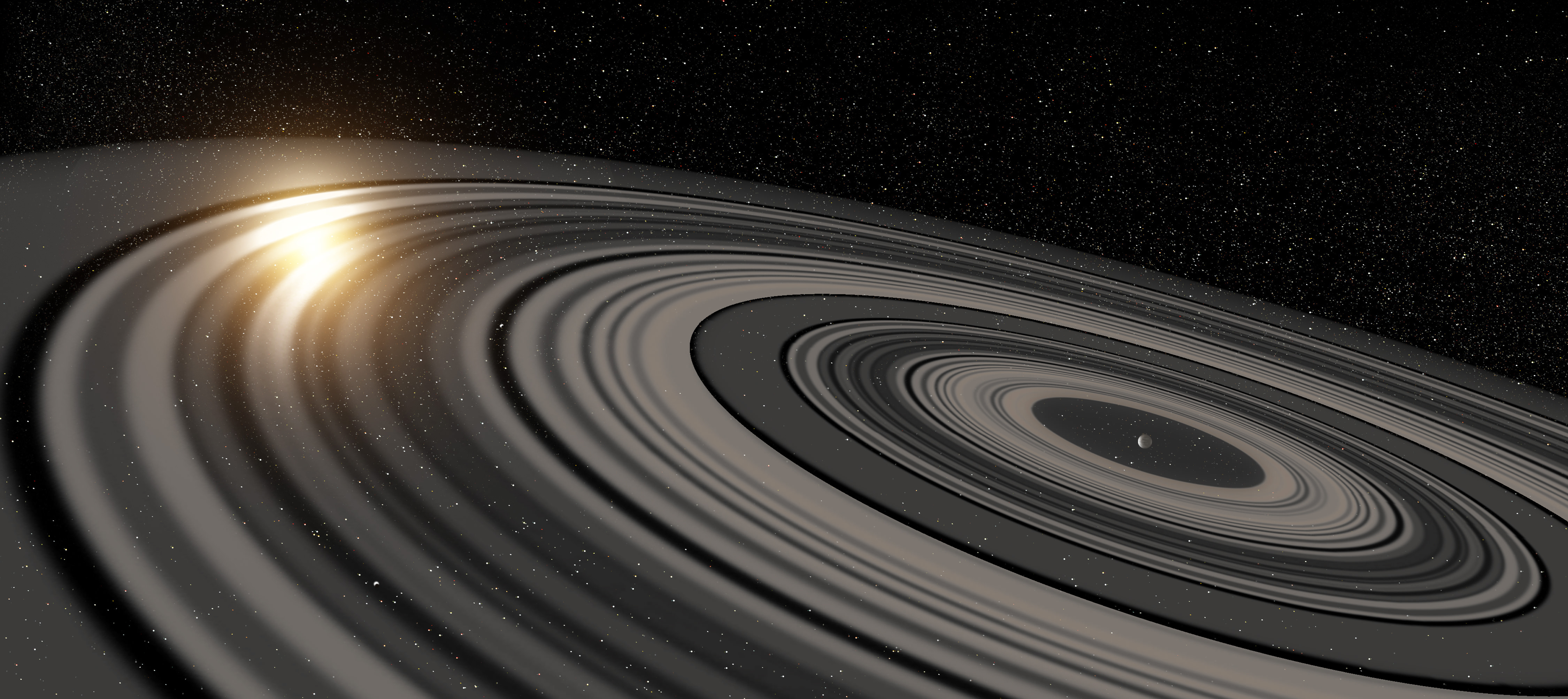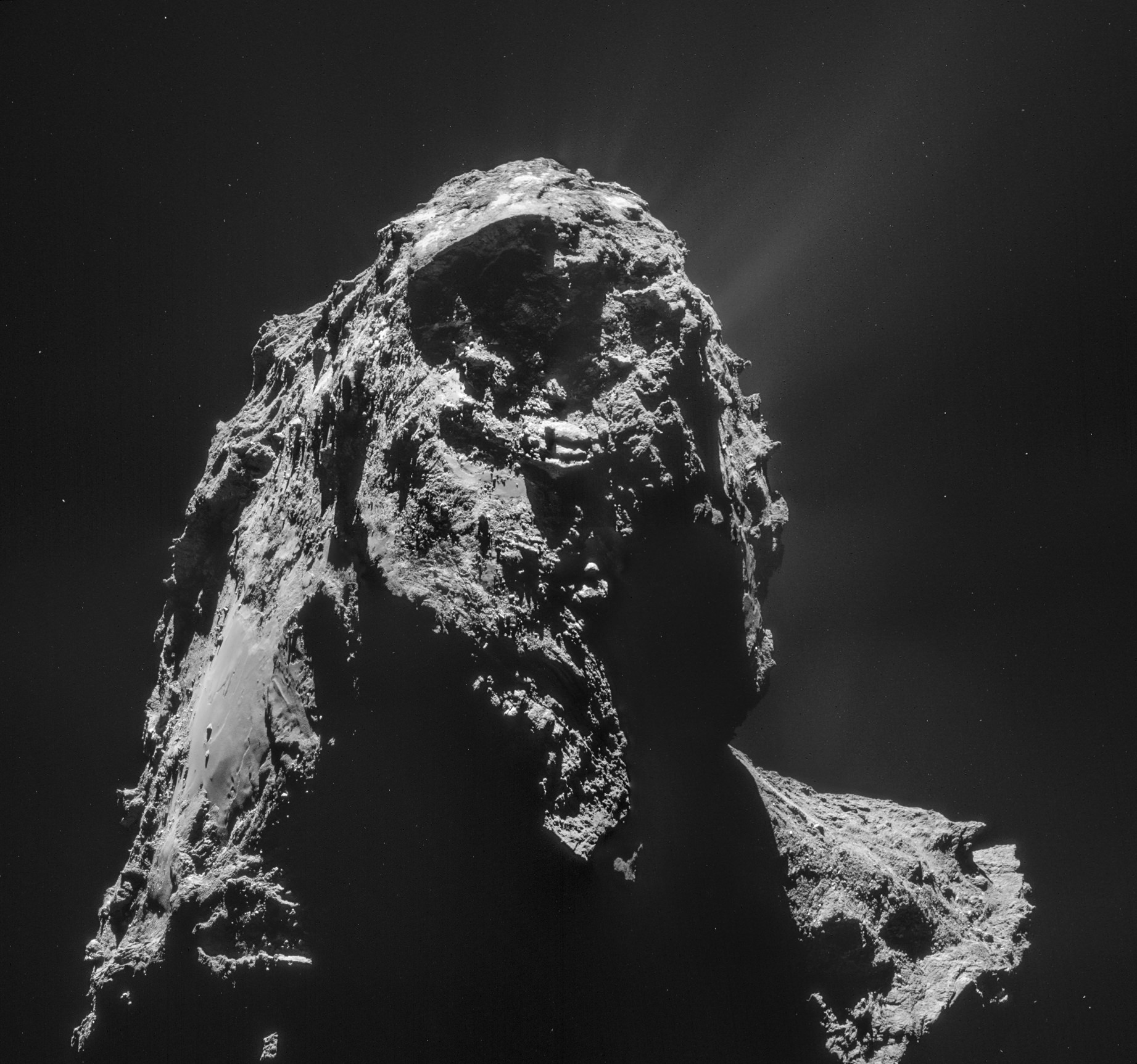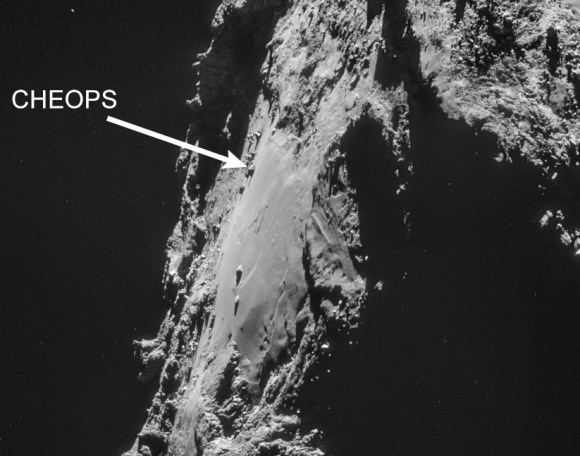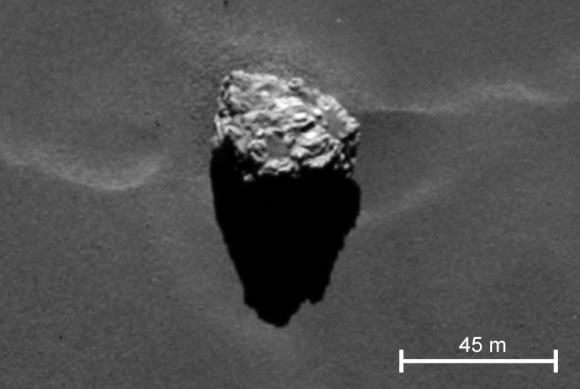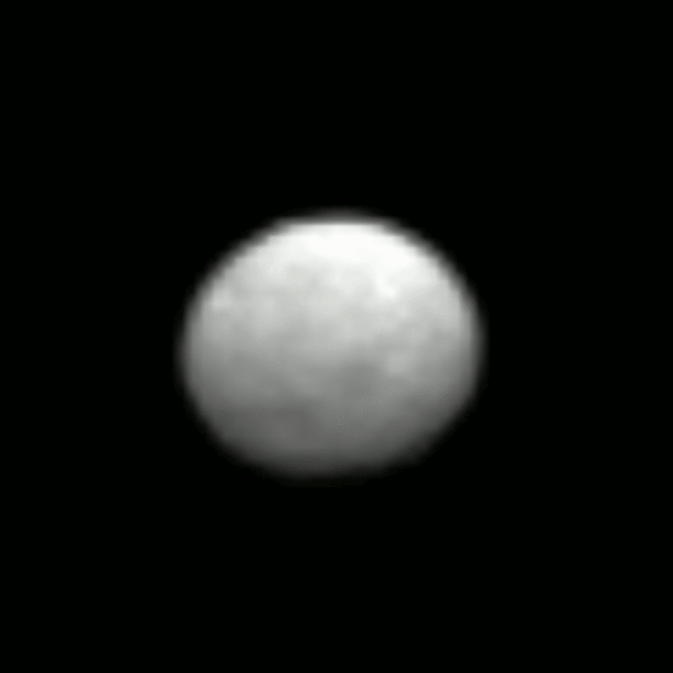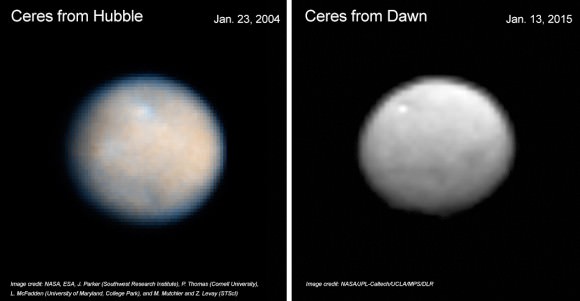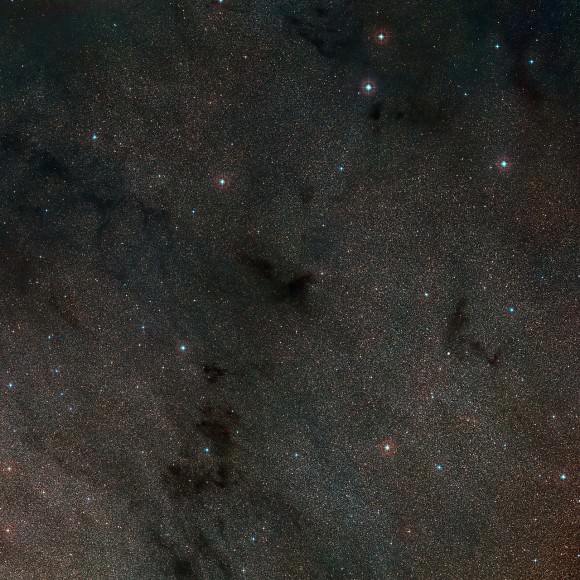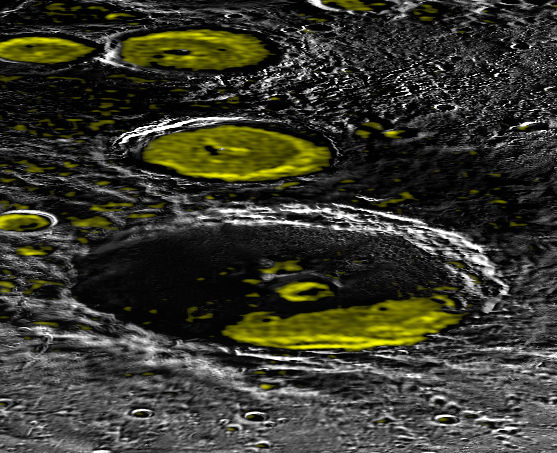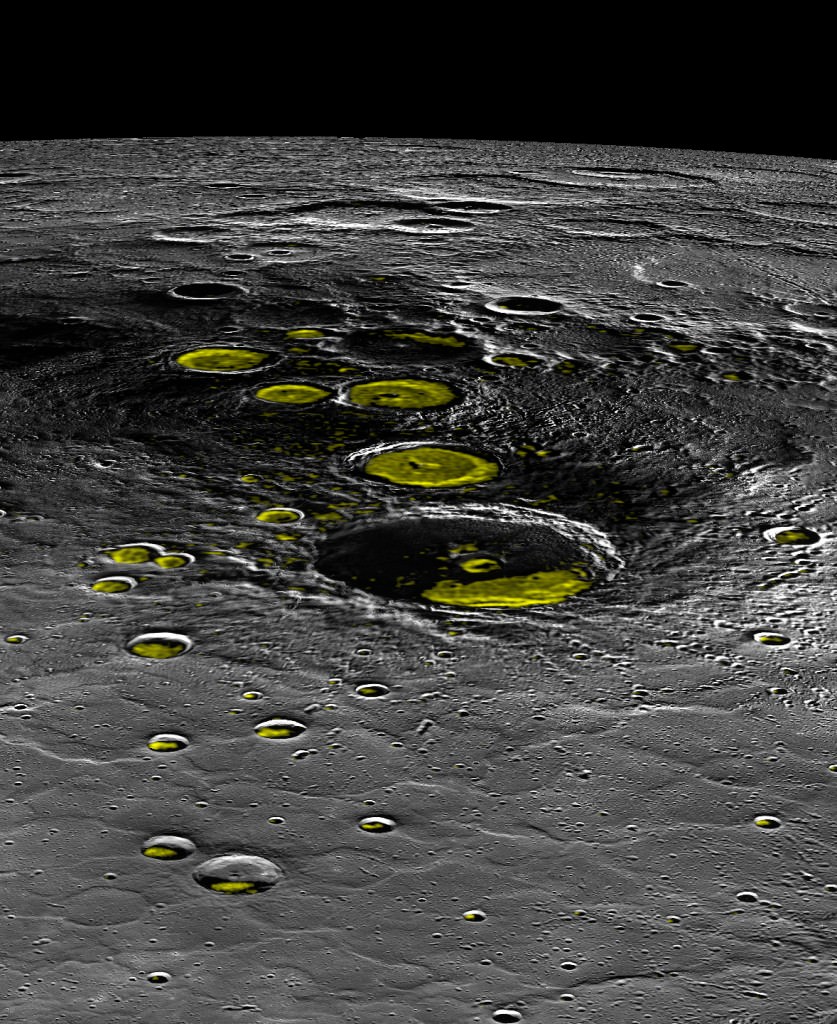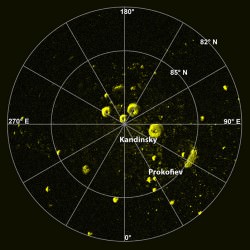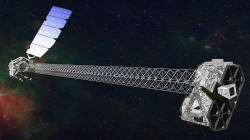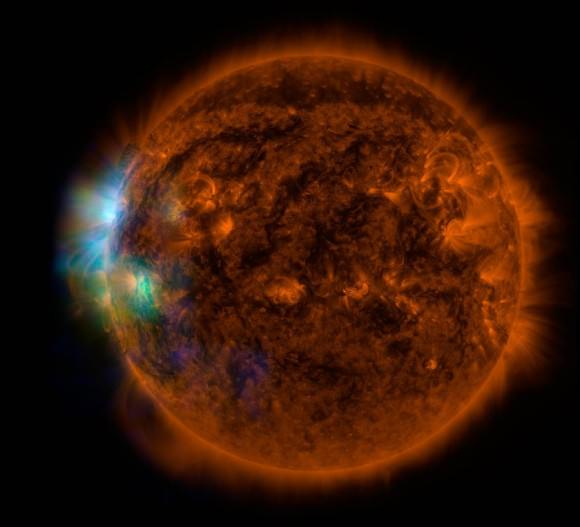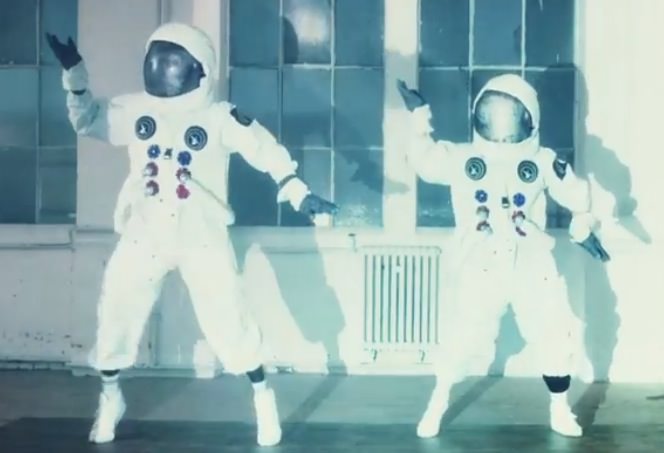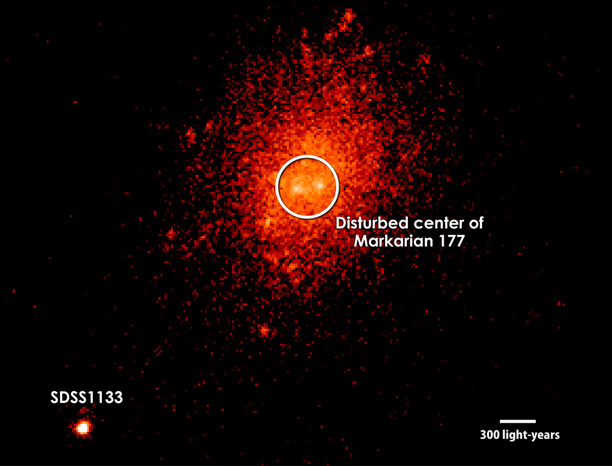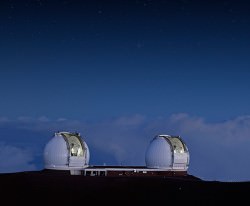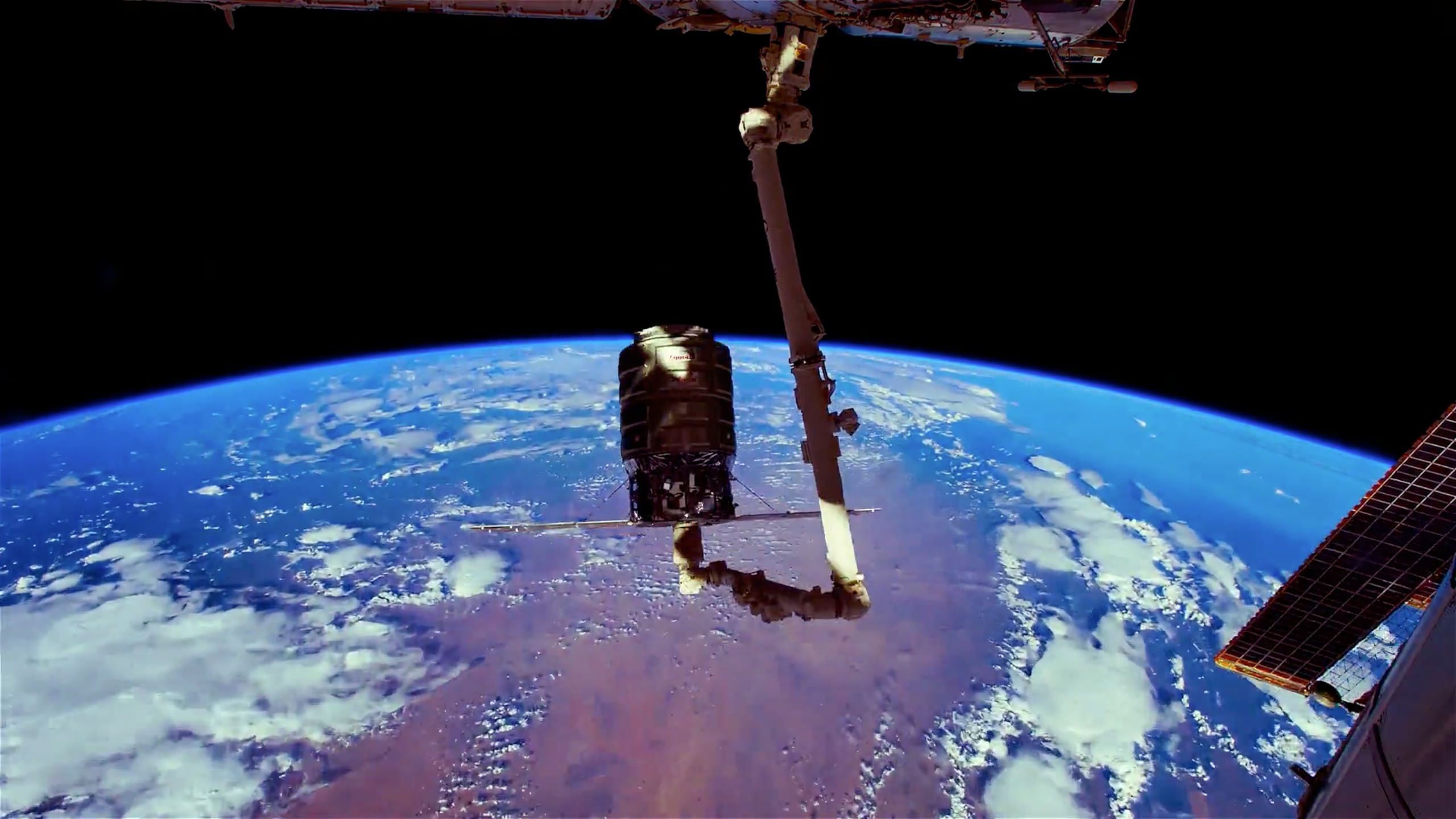Astronomers watching the repeated and drawn-out dimming of a relatively nearby Sun-like star have interpreted their observations to indicate an eclipse by a gigantic exoplanet’s complex ring system, similar to Saturn’s except much, much bigger. What’s more, apparent gaps and varying densities of the rings imply the presence of at least one large exomoon, and perhaps even more in the process of formation!
J1407 is a main-sequence orange dwarf star about 434 light-years away*. Over the course of 57 days in spring of 2007 J1407 underwent a “complex series of deep eclipses,” which an international team of astronomers asserts is the result of a ring system around the massive orbiting exoplanet J1407b.
“This planet is much larger than Jupiter or Saturn, and its ring system is roughly 200 times larger than Saturn’s rings are today,” said Eric Mamajek, professor of physics and astronomy at the University of Rochester in New York. “You could think of it as kind of a super Saturn.”
The observations were made through the SuperWASP program, which uses ground-based telescopes to watch for the faint dimming of stars due to transiting exoplanets.
The first study of the eclipses and the likely presence of the ring system was published in 2012, led by Mamajek. Further analysis by the team estimates the number of main ring structures to be 37, with a large and clearly-defined gap located at about 0.4 AU (61 million km/37.9 million miles) out from the “super Saturn” that may harbor a satellite nearly as large as Earth, with an orbital period of two years.
Watch an animation of the team’s analysis of the J1407/J1407b eclipse below:
The entire expanse of J1407b’s surprisingly dense rings stretches for 180 million km (112 million miles), and could contain an Earth’s worth of mass.
“If we could replace Saturn’s rings with the rings around J1407b,” said Matthew Kenworthy from Leiden Observatory in the Netherlands and lead author of the new study, “they would be easily visible at night and be many times larger than the full Moon.”
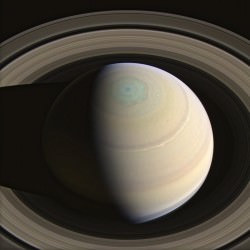
These observations could be akin to a look back in time to see what Saturn and Jupiter were like as their own system of moons were first forming.
“The planetary science community has theorized for decades that planets like Jupiter and Saturn would have had, at an early stage, disks around them that then led to the formation of satellites,” according to Mamajek. “However, until we discovered this object in 2012, no one had seen such a ring system. This is the first snapshot of satellite formation on million-kilometer scales around a substellar object.”
J1407b itself is estimated to contain 10-40 times the mass of Jupiter – technically, it might even be a brown dwarf.
Further observations will be required to observe another transit of J1407b and obtain more data on its rings and other physical characteristics as its orbit is about ten Earth-years long. (Luckily 2017 isn’t that far off!)
The team’s report has been accepted for publication in the Astrophysical Journal.
Source: University of Rochester. Image credit: Ron Miller.
Note: the originally published version of this article described J1407 at 116 light-years away. It’s actually 133 parsecs, which equates to about 434 light-years. Edited above. – JM

